Takeshi Kitano's film is like a painting.
When the cicada wakes up in summer, I would like to rewatch “Kikujiro”, which is nearly a synonym for summer. That cowardly, selfish, nearly worthless Kikujiro, unexpectedly, has his merit. He accompanied Masao to find his mother, which gave him a happy summer vacation.
Today, I'd like to talk about how Takeshi Kitano used audio-visual language to express the feeling of childhood and summer to the utmost perfection.
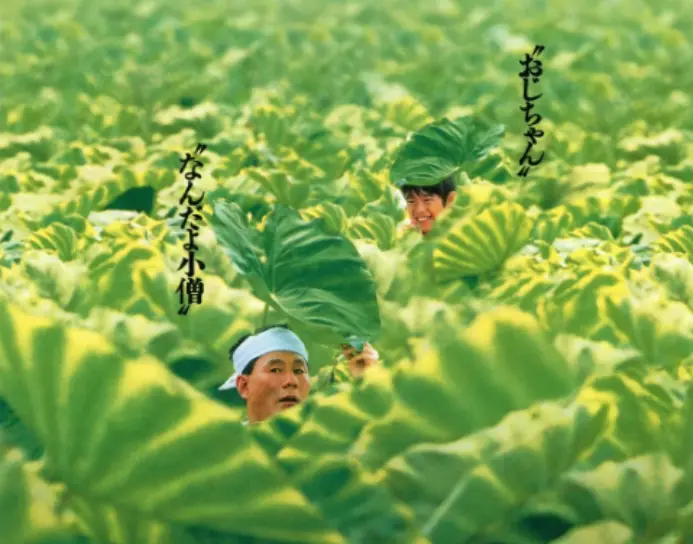
1. Pictures
The pictures in “Kikujiro” are simple and full of childishness. Even the director's idol, Akira Kurosawa, praised him: "You make your films neat." Takeshi Kitano prefers to use long-lens shots so the film looks calm and concise, like a painting exhibition or an image prose poem.
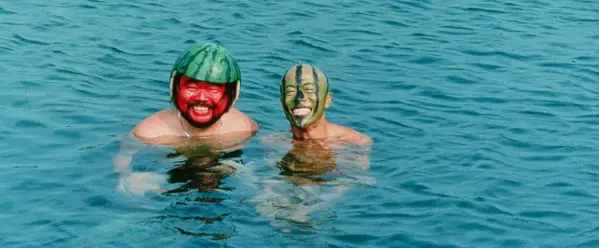
In the film, there are many simple long-lens shots of Kikujiro and Masao walking together. Long-lens shots allow the audience to have more room to feel whatever the characters are experiencing, it helps them relate to the characters.
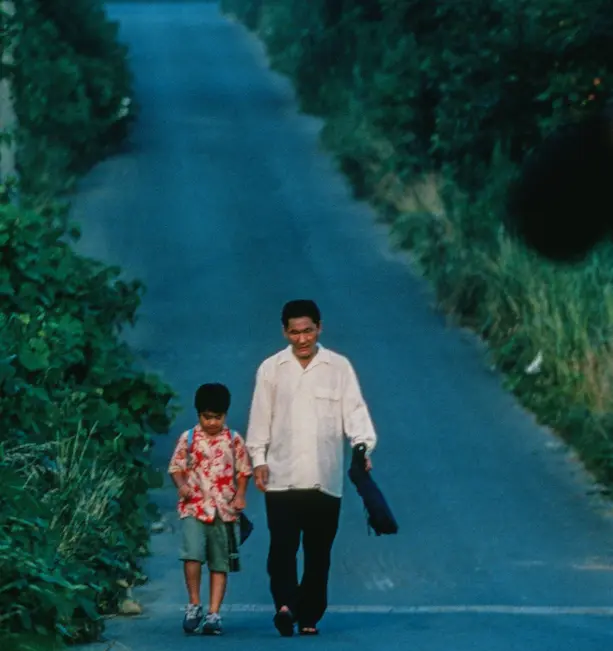
Especially the scenes at the bus stop, one of them is taller, the other is shorter. What a warm and lovely picture. In this journey, even if Masao did not recognize his mother at last, the audience would not feel too lost.
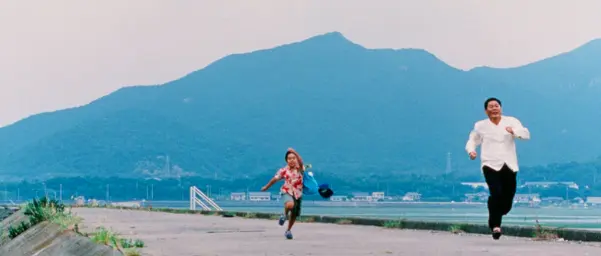
2. Sound
Takeshi Kitano's films are not only to be watched carefully, but also to be listened to. Because sounds play an important role in the narration of his movies.
He is good at using sounds to convey information. And his requirements for voice are almost demanding. All the gunshots in the gunfight films come from real guns, and the sound of cartridge cases falling to the ground is also the corresponding bullet model.
At the beginning of “Kikujiro”, Kitano even used silence for film narration. When Masao received the package, there was a scene that is almost static. The postman waiting at the door, Masao rummaging for the seal in the room. Then everything pauses because he sees his mother's picture.
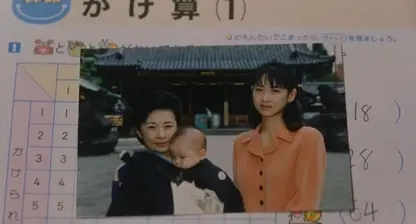
Masao's mother did not appear in the shot, but her relevance was evident. This photo is the reason why Masao decided to find his mother. Its first appearance was shown in silence.
3. Editing
The editing in “Kikujiro” is special. Takeshi Kitano often skips the process and presents the result directly.
He has a unique style of storytelling. Generally, in action movies, if the director wants to show a gangster breakout a police surrounding, they will film the fight between gangsters and the police. However, Takeshi only shows the gangsters and then the fallen policemen. Then, he'll present them together making the audience associate what happened in the middle. Following this approach, violence scenes in “Kikujiro” seem rather soft.
It has been said of his films that "in every fight, the audience never sees the fist, only the man lying on the ground".
Kikujiro was hit by a car in the film. One second the car was rushing towards him, the next, hey was lying on the ground.
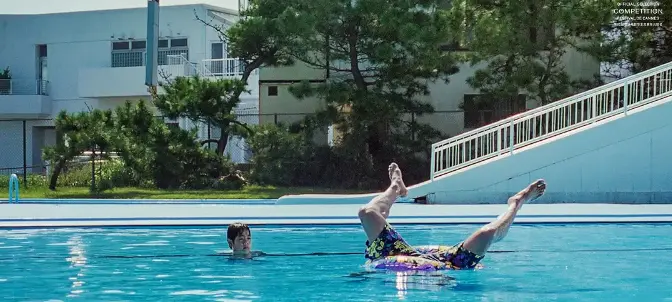
Takeshi Kitano also used other techniques to enhance the pictorial sense. For example, the film is presented as a children's summer diary. It recorded Masao's advertures with subtitles in childish crayon, and photos and annotations inserted in the middle.

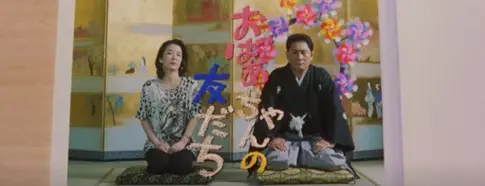
Because of these unique techniques, “Kikujiro” has become a special film with the imprint of summer, from which movie fans can always feel the gentleness, childishness, and vitality.


 Log in
Log in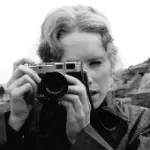

No comments yet,
be the first one to comment!